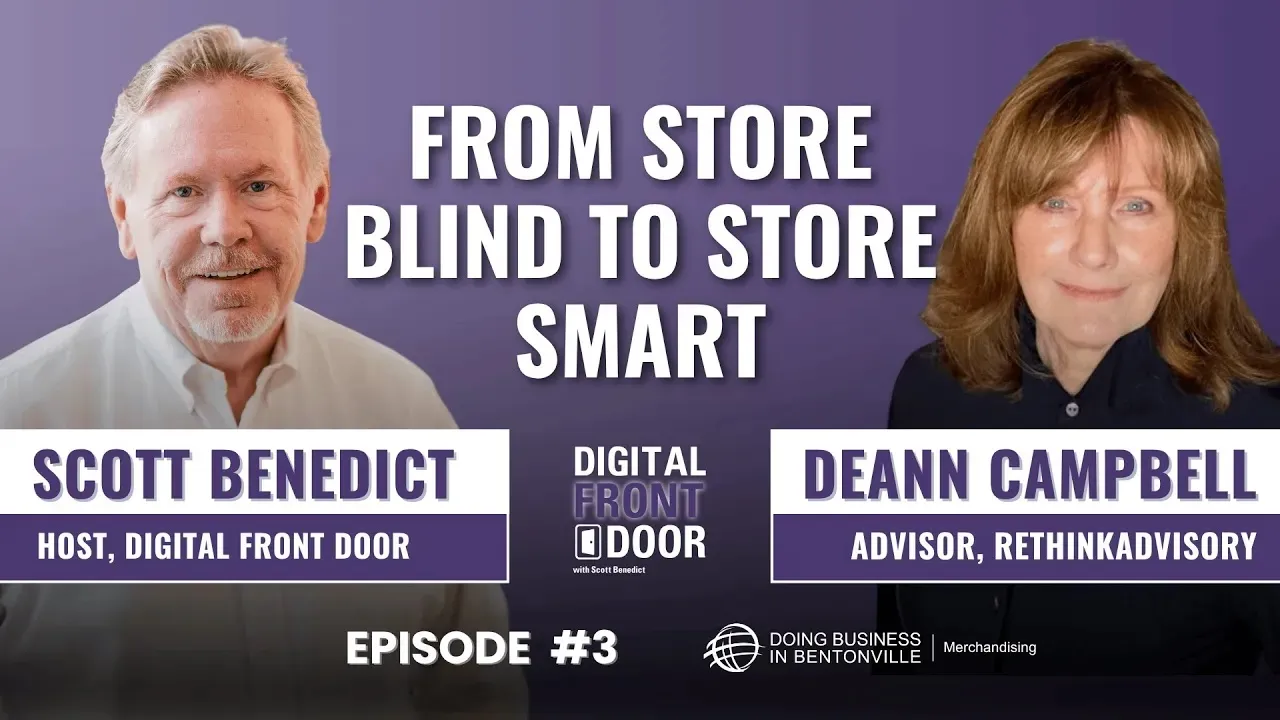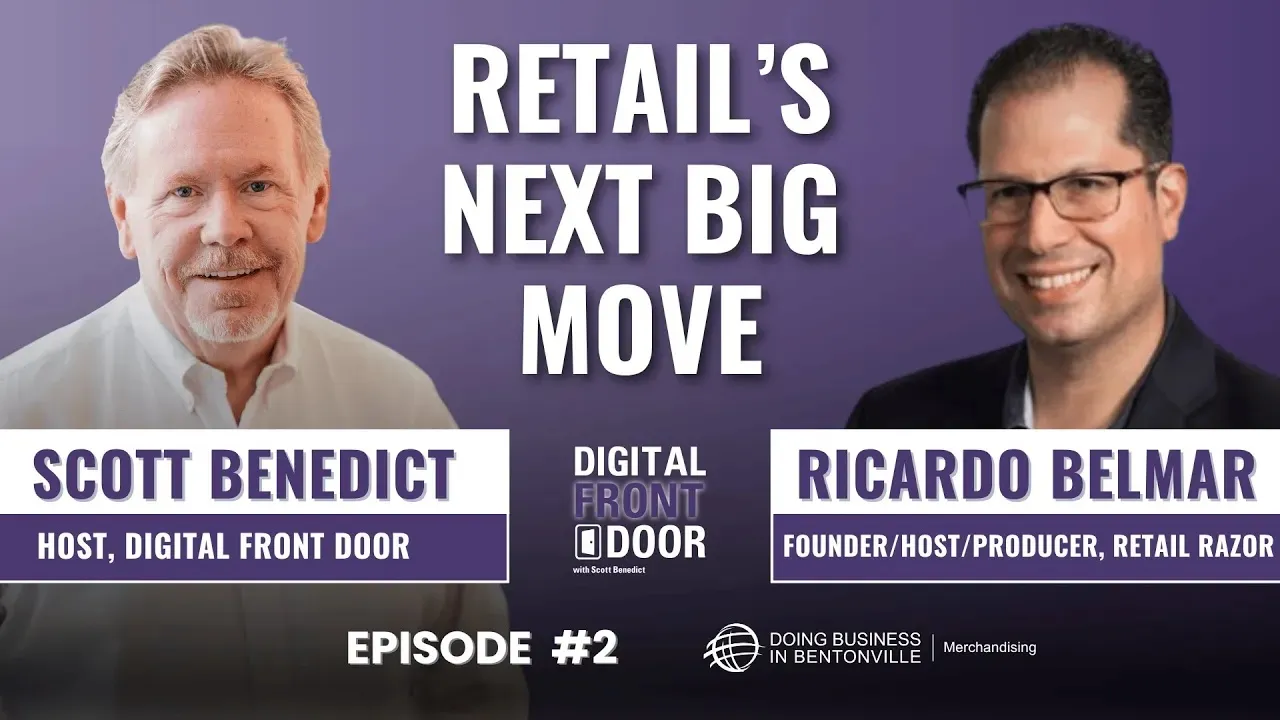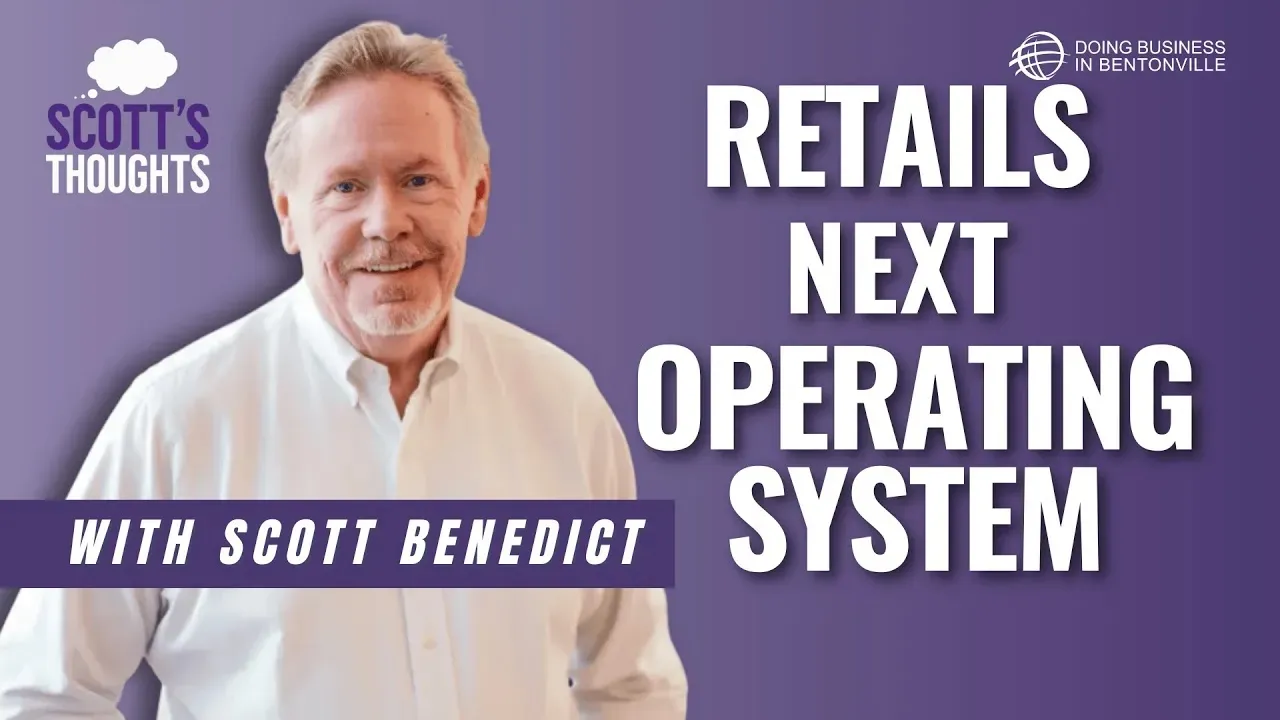Stop treating e‑commerce like an add‑on. We unpack how to rebuild your organization around the way people actually shop—across search, social, marketplace, curbside, and aisle—so strategy, incentives, and execution line up behind one number and one customer. With Lauren Livak Gilbert, Executive Director of the Digital Shelf Institute, we dive into fresh research across sales, marketing, supply chain, IT, HR, and finance to reveal why the “where does e‑commerce sit?” debate holds companies back and what to do instead.
We get practical about breaking silos with shared P&Ls, common goals, and pod‑based workflows that put the right people in the room at the right time. Lauren shares examples of agile and dynamic shared ownership models that let large teams move like startups, plus an AI‑enabled structure where human owners are amplified by agents for content creation, data synthesis, briefing, and consumer feedback. We also tackle the messy human side: incentives, change fatigue, and the reality that what gets measured gets managed. Education becomes the force multiplier—rotating digital talent into low‑acumen functions, coaching store leaders on online drivers, and building true generalists who can pull the right lever across the full journey.
AI hype meets real value as we walk through use cases that free teams from keyboard work to do higher‑order thinking—demand planning scenarios, data hygiene, and rapid content iteration—while raising a crucial question: if AI eats entry‑level tasks, how do we develop tomorrow’s directors and GMs? Expect clear takeaways on talent strategies, operating rhythms, and annual (even quarterly) org reviews that optimize without whiplash. If you’re ready to align your structure with today’s shopper and accelerate growth, this conversation is your blueprint.
Enjoyed the conversation? Follow the show, share with your team, and leave a review to help more leaders reinvent for omnichannel success.
More About this Episode
Reinventing the Omnichannel Retail Organization for a Consumer First Future
The retail industry is undergoing one of the most significant transformations in its history. The rise of digital commerce has accelerated changes that were already underway, and organizations of every size now face a pivotal question. How can they evolve to meet the expectations of a consumer who moves effortlessly between digital and physical channels and rarely distinguishes one from the other?
A recent report from the Digital Shelf Institute titled Reinventing the Organization for Omnichannel Success Beyond Where Ecommerce Sits provides a clear and timely answer. The report brings together insights from executives across sales, marketing, supply chain, legal, finance, human resources, and ecommerce. Its key message is unambiguous. Companies must stop asking where ecommerce belongs within the organization and start reimagining how the entire business should operate to support a unified consumer experience.
This shift requires more than incremental adjustments. It requires a new approach to organizational design, talent development, cross functional alignment, and technology adoption.
Moving Beyond the Old Question of Where Ecommerce Belongs
Retail and consumer goods companies have long tried to place ecommerce within traditional functional boundaries. Some placed it under sales. Others placed it within marketing or digital operations. The intention behind these decisions was reasonable, yet the underlying assumption was flawed. These choices assumed that ecommerce is simply a channel. In reality, ecommerce has become a reflection of how consumers shop across every channel.
The report argues that companies are trying to fit a modern shopping journey into an organizational structure that was designed for the in store era. This is why the traditional question of where ecommerce sits no longer serves the needs of the business. Instead, leaders must recognize that the consumer journey flows continuously through search engines, social platforms, marketplaces, retail stores, mobile apps, and last mile experiences. The organization must evolve to reflect this reality.
Companies that continue to view ecommerce as separate from the broader commercial strategy risk falling behind. They risk being outpaced by smaller digital first competitors that can move faster, make decisions with fewer barriers, and align their teams around the full consumer experience.
Why Reinvention Cannot Wait
One of the most compelling data points in the report highlights the urgency of change. Sixty eight percent of Walmart’s recent growth came from digital channels. This number should be viewed as more than a retailer success story. It represents a fundamental shift in how consumers shop. Even when the final transaction happens inside a store, the discovery and decision making process often begins online.
This reality presents both an opportunity and a risk. Many brands still generate the majority of their revenue in-store. As a result, some leadership teams hesitate to fully invest in omnichannel capabilities because they do not yet see ecommerce as a large enough percentage of total sales. However, what they may be missing is the influence that digital touchpoints now have on every stage of the consumer journey.
Organizations that fail to prioritize omnichannel transformation may soon find themselves unable to compete. Digital native brands have shown that speed, agility, and integrated decision making can create a significant competitive advantage. These brands are unencumbered by legacy systems and siloed structures. They are designed for rapid iteration. Larger organizations that do not adapt their operating models will find it increasingly difficult to match this pace.
Eliminating Silos to Create a Unified Commercial Strategy
The report emphasizes that cross functional alignment is one of the most critical drivers of omnichannel success. Many organizations still operate with separate teams for in store sales, ecommerce, marketing, supply chain, and digital content. These teams often have different goals, use different metrics, and make decisions independently. This creates confusion for consumers, inefficiencies for teams, and missed opportunities for growth.
Shared goals provide a foundation for alignment. When all teams are responsible for the same enterprise level objectives, collaboration becomes a natural part of daily operations. For example, if a retailer specific sales team is compensated only on in store performance and the ecommerce team is measured only on online performance, neither has an incentive to collaborate. The report includes an example of a company that created three enterprise wide goals and clarified how each function contributes to achieving them. This approach not only increased collaboration but also resulted in higher ecommerce performance.
When the entire organization is aligned around a unified consumer centered strategy, teams can focus on the full commercial opportunity instead of defending functional boundaries.
Building Leaders Who Understand the Entire Consumer Journey
The report highlights a critical talent challenge that will shape the future of retail. Many current leaders have deep expertise in traditional sales and marketing yet lack direct experience with digital commerce. At the same time, emerging leaders in ecommerce roles often have limited exposure to in store operations or enterprise level decision making.
The future requires leaders who possess a broad understanding of how consumers shop across every environment. These leaders must be comfortable with rapid change, collaborative problem solving, and experimentation. They must understand supply chain constraints, retailer requirements, digital shelf dynamics, social discovery, and brand building. Leaders with this range of experience are rare, and the industry is on the brink of a talent shortage.
To address this gap, companies must rethink their approach to talent development. Cross functional rotations should become standard practice. Ecommerce specialists should rotate into in store or brand marketing roles, and traditional sales or marketing talent should gain firsthand experience with digital commerce. One organization highlighted in the report rotates employees from the ecommerce team into functions that have limited digital experience. This approach spreads digital fluency throughout the company and ensures that future leaders are capable of managing the entire business rather than a single channel.
Harnessing the Power of Artificial Intelligence with Purpose
Artificial intelligence will reshape every part of retail, from demand planning to content creation and from price optimization to consumer research. However, the report cautions against adopting AI without a clear purpose. Successful companies begin with a specific problem they want to solve and then apply AI as the most effective tool to address it.
AI can automate routine tasks and free teams to focus on higher level strategic work. It can support content development, accelerate data analysis, and streamline supply chain forecasting. Yet it cannot replace human judgment, intuition, or cross functional leadership. The companies that strike the right balance between AI and human expertise will be the ones that achieve the greatest long term advantage.
AI also presents an important challenge. If AI automates the entry level work that once provided essential learning for future leaders, companies must create new pathways for development. Leaders learn by doing, and organizations will need to ensure that future managers still gain exposure to the foundational experiences that prepare them for senior roles.
Four Organizational Models for the Future
The report outlines four models that organizations can use as inspiration. Each model demonstrates a different approach to flexibility, collaboration, and consumer centricity.
Agile Model Teams operate with faster decision making and fewer barriers. Generalist leaders bring together cross functional expertise to address specific business needs.
Pod Based Model Cross functional pods own specific brands or categories. Each pod includes members from marketing, sales, digital, supply chain, and legal. This structure ensures continuous alignment and shared accountability.
Dynamic Shared Ownership Model Employees maintain a home function and join temporary project teams when urgent needs arise. This allows the organization to respond quickly to changing market conditions while preserving core operations.
AI Enabled Model Traditional roles are supported by AI agents that handle repetitive tasks and provide real time insights. Human employees focus on strategic thinking and creative problem solving.
These models are not prescriptions. They are examples that companies can adapt based on their size, maturity, and business strategy. The constant across all four is the need for agility, clarity, and integrated decision making.
Creating a Culture of Continuous Optimization
The most successful organizations do not wait years to revisit their structure. They evaluate it regularly. Some do so annually. Others review it quarterly. The goal is not to reorganize constantly but to ensure that the structure supports the needs of the consumer and the strategic goals of the business.
This requires a strong change management plan. Leaders must communicate clearly, explain why changes are happening, and provide employees with the tools and training needed to adapt. At the same time, organizations must encourage experimentation and learning. Innovation does not happen in environments that punish failure. It thrives in cultures that reward thoughtful testing and continuous improvement.
A Blueprint for Omnichannel Success
The shift to omnichannel is not about adding ecommerce capabilities to a legacy structure. It is about rebuilding the organization around the consumer. When companies rethink their structure, realign their goals, develop cross functional talent, and adopt technology with intention, they create a foundation for long term success.
The findings of the Digital Shelf Institute report offer a roadmap for any organization ready to take this step. The companies that act now will position themselves for leadership in a retail environment defined by constant evolution and increasing consumer expectations.
If the goal is to serve the modern shopper, the path forward is clear. Reinvention is not optional. It is essential.










